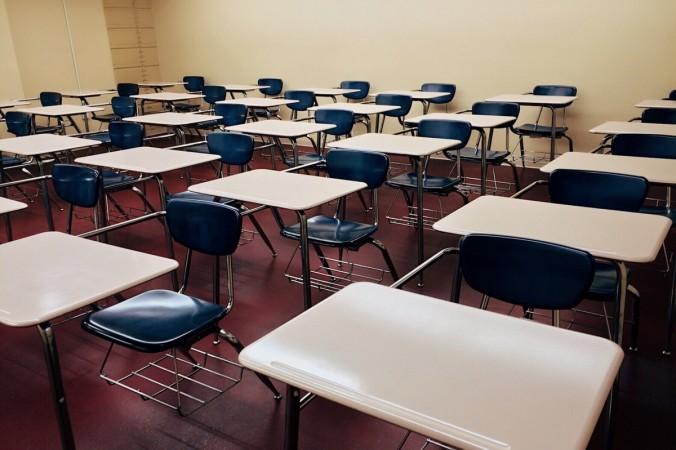
Literacy has been an essential aspect of empowerment and education in the world. As one of the stepping stones to progress and development, International Literacy Day is an important day to highlight the need for literacy.
International Literacy Day has been celebrated since 1967 in asserting the importance of literacy to a sustainable and equal society. The National Statistical Office recently published its data on India's literacy statistics and currently the overall literacy in the nation stands at 77.7%.
India's Literacy rate
India has come a long way towards achieving better literacy. According to UNESCO 773 million youngsters still lack literacy skills around the world. This year the focus of the International Literacy Day is 'Literacy teaching and learning in the COVID-19 crisis and beyond'. What COVID-19 did was make the gaps in policy crystal clear for governments in the reach of education and access.
India's path towards 100% literacy in the country hasn't been without its challenges. Now, with COVID-19 the challenges are even starker, as educational institutions remain closed, access to education remains limited the conflict between governments, institutions and the people seem to be growing more strained.
The National Statistical Office of India unveiled its 'Household Social Consumption on Education in India' survey as the 75th round of the National Sample Survey between July 2017 and June 2018.
According to the data in the report the literacy rate of India for people aged above 7 years of age in this time period is 77.7%. Interestingly, the male literacy rate in the country is 84.7% while that of females is 70.3%, a difference of 14 percentage points. The gender disparity persists at both the rural and urban levels, however, the gap is smaller among urban Indians and much wider in the rural setup.

In the state-wise breakdown, Kerala topped the list with 96.2% incidentally with the lowest gender gap in the literacy of just 2.2 percentage points where males reported 97.4% and females 95.2%. Kerala also reported a low gap between urban and rural literacy rates in the state of 1.9 percentage points.
Among the better performing states was Delhi which followed Kerala with 88.7% literacy overall, Uttarakhand with 87.6%, Himachal Pradesh with 86.6% and Assam with 85.9% literacy rates.
Similarly, the worst-performing states were -- Andhra Pradesh with 66.4% literacy overall, Rajasthan which reported 69.7%, Bihar at 70.9%, Telangana with 72.8% and finally Uttar Pradesh with 73%.
The sample size for this particular survey was 64,519 rural households from 8,097 villages and 49,238 urban households from 6,188 blocks from across India.
What the report tells us is that while we've come far from the milestone of the 2011 census at 74.04%, we still have a long way to go. In 2011 the gap between male and female literacy in the country was 16.68 points. As India progresses slowly towards the goal of universal literacy, work will be necessary towards that end apart from government programs there is still a need for infrastructure and access to learning.

















